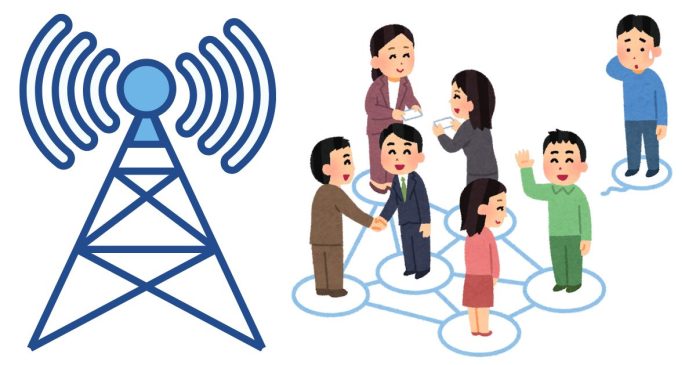In the world of networking, communication between devices and networks relies on specific types of media that transmit data. These media can be classified into two main categories: wired media and wireless media. Each type has distinct advantages, limitations, and use cases. Understanding these media is essential for designing and maintaining efficient networks.
1. Wired Media
Wired media use physical cables to transmit data signals. These are often preferred for their reliability, speed, and security. Common types include:
a. Twisted Pair Cable
- Description: Consists of pairs of copper wires twisted together to reduce electromagnetic interference.
- Types:
- Unshielded Twisted Pair (UTP): Common in Ethernet networks.
- Shielded Twisted Pair (STP): Provides additional protection against interference.
- Uses: Local Area Networks (LANs), telephone lines, and DSL connections.
- Advantages: Cost-effective and widely available.
- Disadvantages: Limited bandwidth compared to other media.
b. Coaxial Cable
- Description: Features a central copper conductor surrounded by insulation, shielding, and an outer plastic layer.
- Uses: Cable TV systems, broadband internet, and older Ethernet networks.
- Advantages: Resistant to interference and supports higher bandwidth than twisted pair cables.
- Disadvantages: Bulkier and more expensive than twisted pair cables.
c. Fiber Optic Cable
- Description: Uses light signals to transmit data through glass or plastic fibers.
- Uses: High-speed internet connections, long-distance communication, and backbone networks.
- Advantages:
- Extremely high bandwidth.
- Immune to electromagnetic interference.
- Supports long-distance data transmission.
- Disadvantages: Expensive and more fragile than copper cables.
2. Wireless Media
Wireless media use electromagnetic waves to transmit data without physical connections. These are ideal for mobility and flexibility. Common types include:
a. Radio Waves
- Description: Used for wireless communication in devices like smartphones, laptops, and Wi-Fi routers.
- Uses: Wi-Fi, cellular networks, and Bluetooth.
- Advantages: Easy to deploy and supports mobility.
- Disadvantages: Prone to interference and security vulnerabilities.
b. Microwaves
- Description: High-frequency radio waves used for point-to-point communication.
- Uses: Satellite communication, long-distance telecommunication, and microwave links.
- Advantages: Supports high bandwidth over long distances.
- Disadvantages: Requires line-of-sight and can be affected by weather conditions.
c. Infrared Waves
- Description: Uses infrared light to transmit data over short distances.
- Uses: Remote controls and short-range device communication.
- Advantages: Immune to electromagnetic interference.
- Disadvantages: Limited range and requires direct line-of-sight.
d. Satellite Communication
- Description: Data is transmitted via satellites in Earth’s orbit.
- Uses: GPS, global internet services, and remote communication.
- Advantages: Global coverage and reliable for remote areas.
- Disadvantages: High latency and cost.
3. Comparison of Wired and Wireless Media
| Feature | Wired Media | Wireless Media |
|---|---|---|
| Cost | Lower for short distances | Higher initial setup cost |
| Mobility | Limited | High |
| Speed | High (especially fiber optic) | Variable, depends on technology |
| Interference | Minimal (especially fiber optic) | Prone to electromagnetic interference |
| Security | More secure | Requires advanced security measures |


